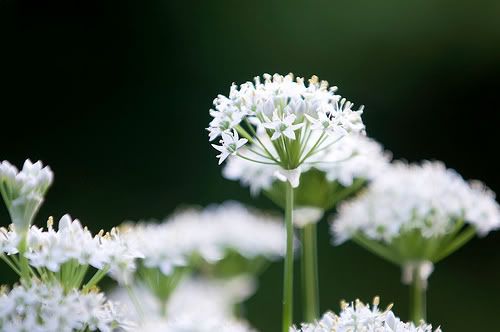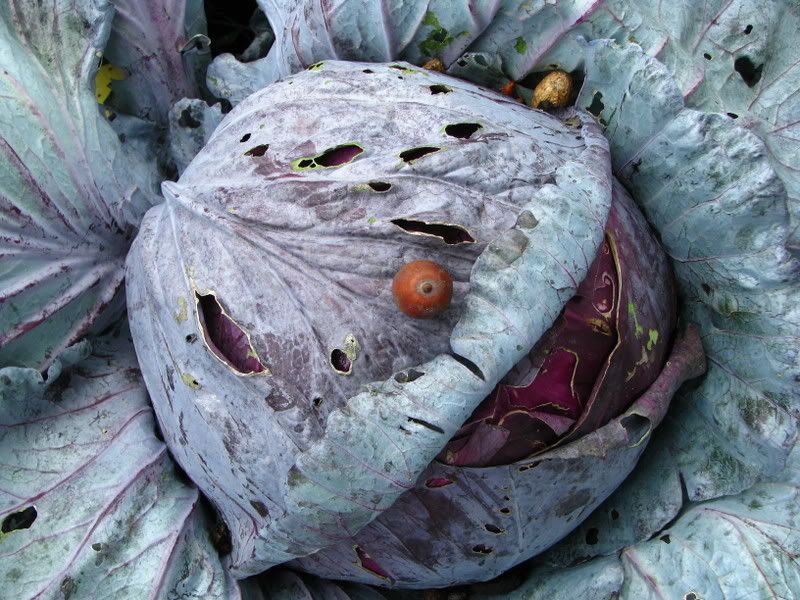
Introducing my garden helpers: ages 3 and 5.
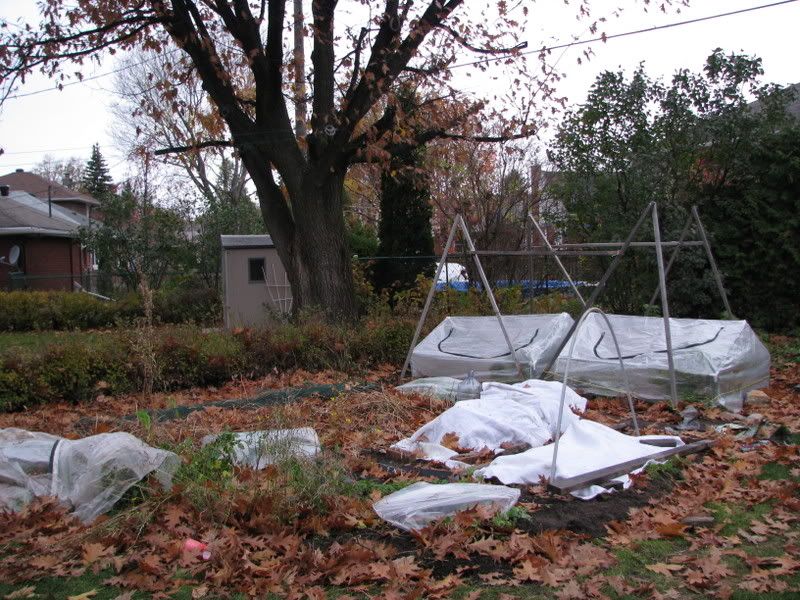

Carrots, turnip, beets, scorzonera (black skin), jeruselum artichoke (bumpy thing), and salsify (thin white roots)
Freshly pulled are dandelion, chicory, beets, carrots, jeruselum artichoke, chinese artichoke, salsify, scorzonera, horseradish, sweet cicely, and turnip. Next year, I hope to add skirret (tried to grow these before but no luck), apios (already added thanks to a generous gardening friend), tuberous sweet pea (found a patch in Gatineau park), turnip rooted chevril, hamburg rooted parsley and more parsnip. I might even grow rampions (campanula rampunculus) but then again, I think it already grows in my yard as a weed.
From left to right: chicory, horseradish and sweet cicely (the last two look similar but feel and taste very different).
You may wonder why I have such a thing for roots but in the cold climate of Ottawa, a root cellar can mean the difference between eating store bought food and cooking from the fresh larder of your own garden. I am lucky enough to have an old cellar built under our front step which is the right temperature but a little dry for root storage. To compensate, I put bowls of water down there and sprinkle a little on top of my roots from time to time.Scorzonera, salsify (both collectively known as oyster root) and carrot
Also, some roots are great for forcing in the winter to produce fresh greens. Of the above, you can eat the leaves of dandelion, chicory, beet, carrot, scorzonera, horseradish (young leafs), turnip, and sweet cicely. Of course, you can also eat parsley but not the leaves of the turnip rooted chevril. Particular types of chicory are grown for the purpose of forcing them in darkness to produce tasty crunchy chicons for the gourmet market. Thankfully the plant itself is easy to grow in the home garden as are many roots.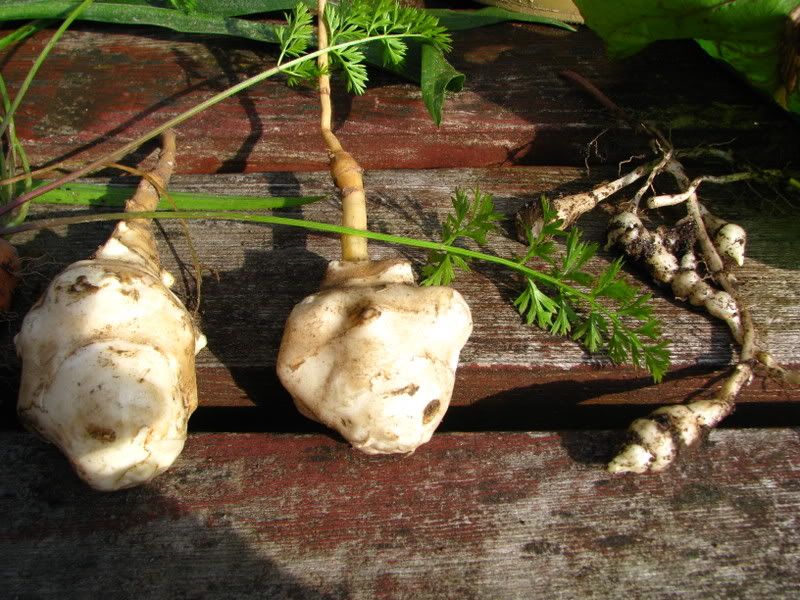
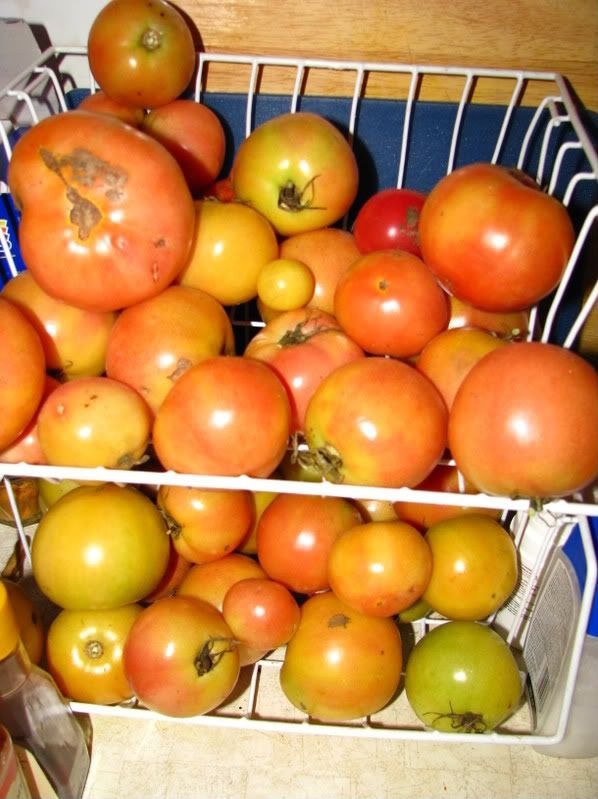
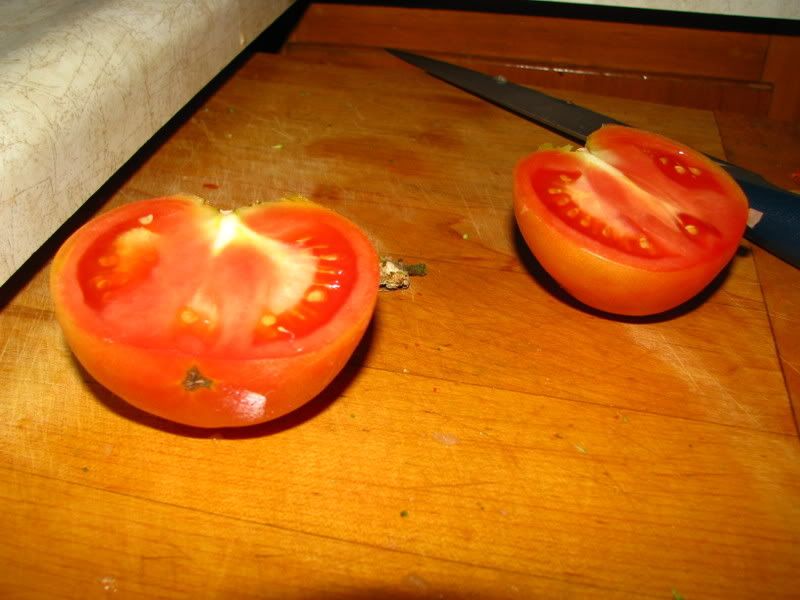
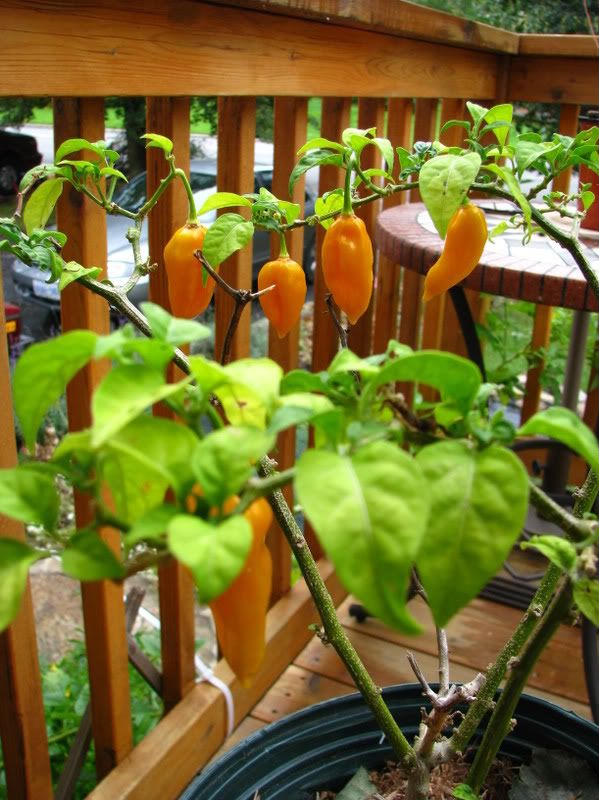
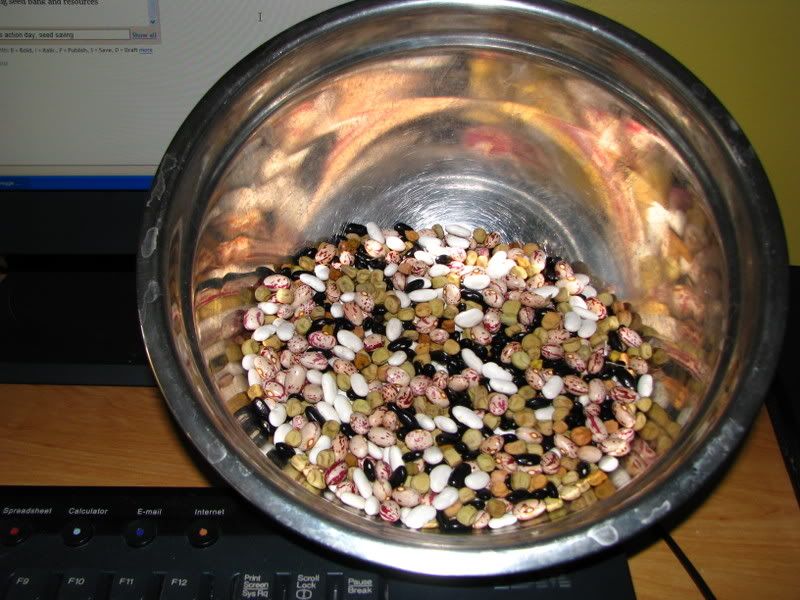
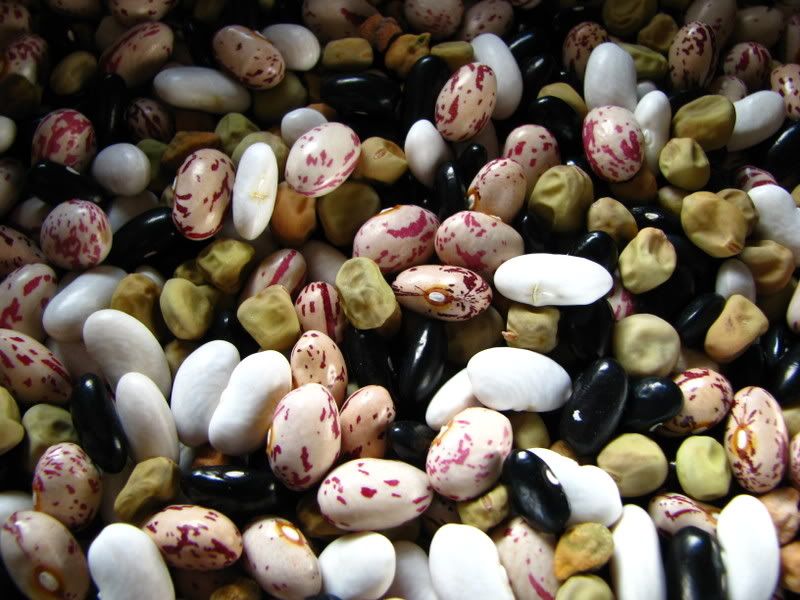
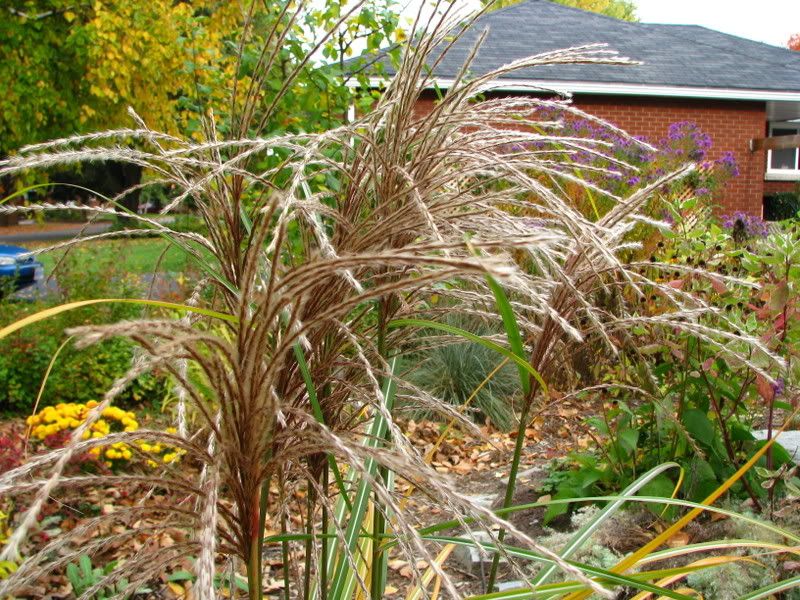
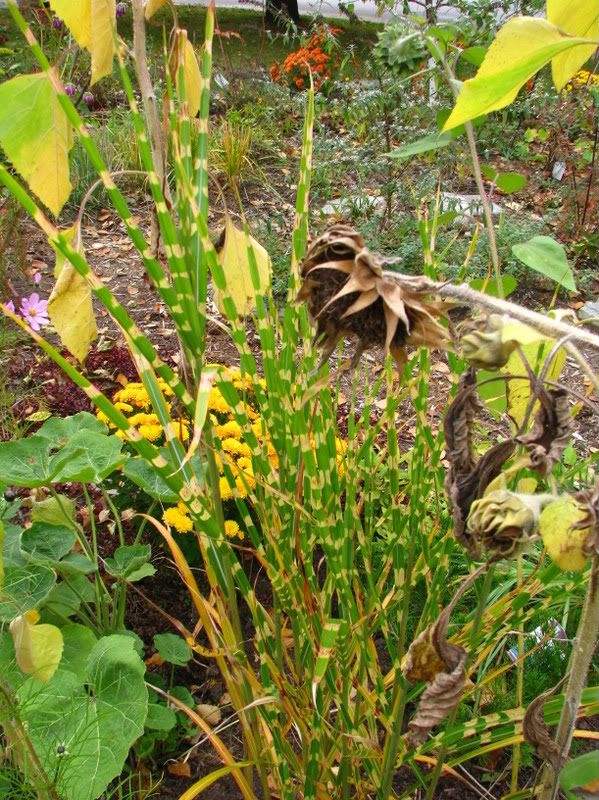
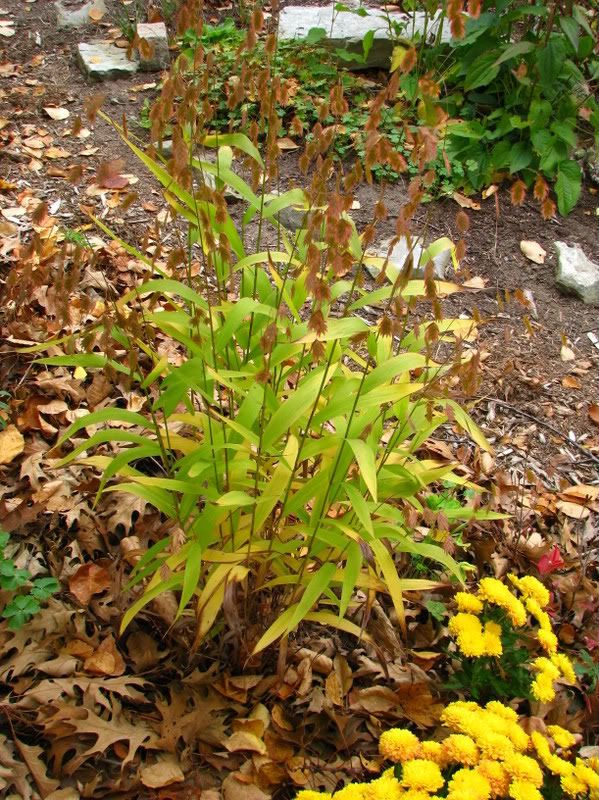
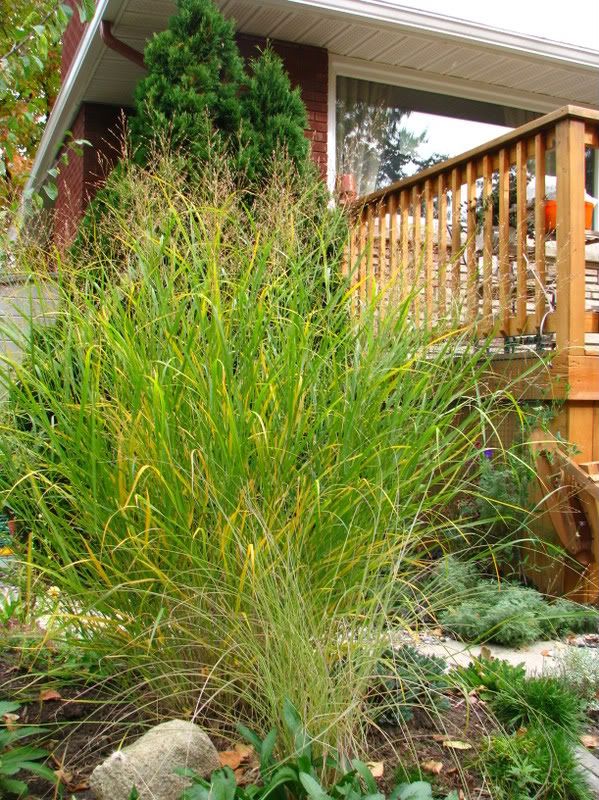

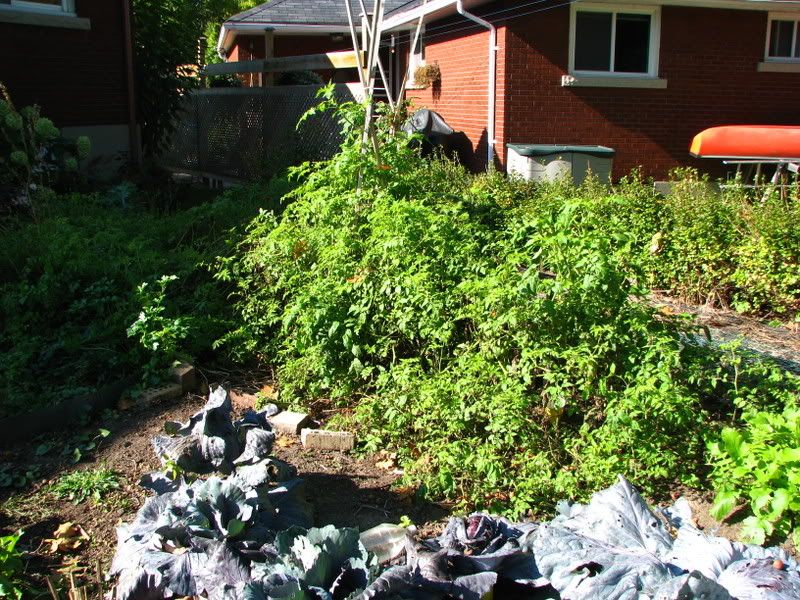
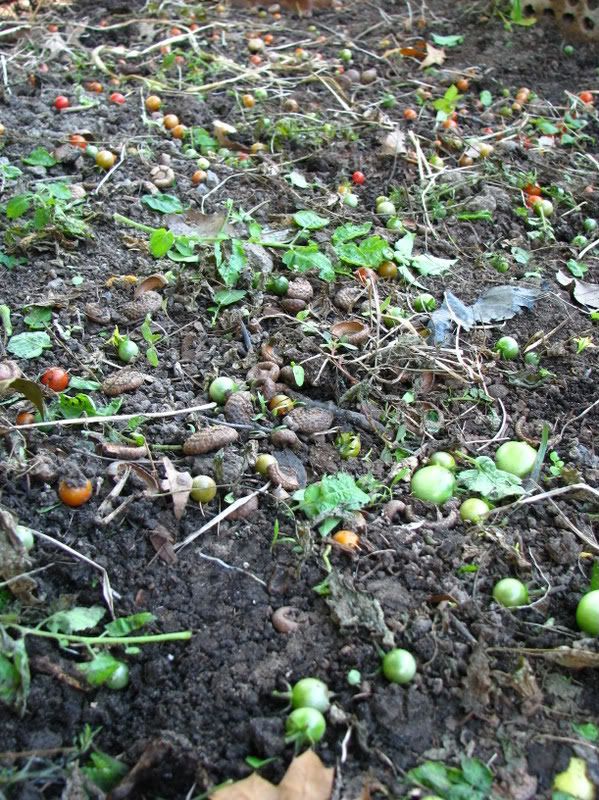
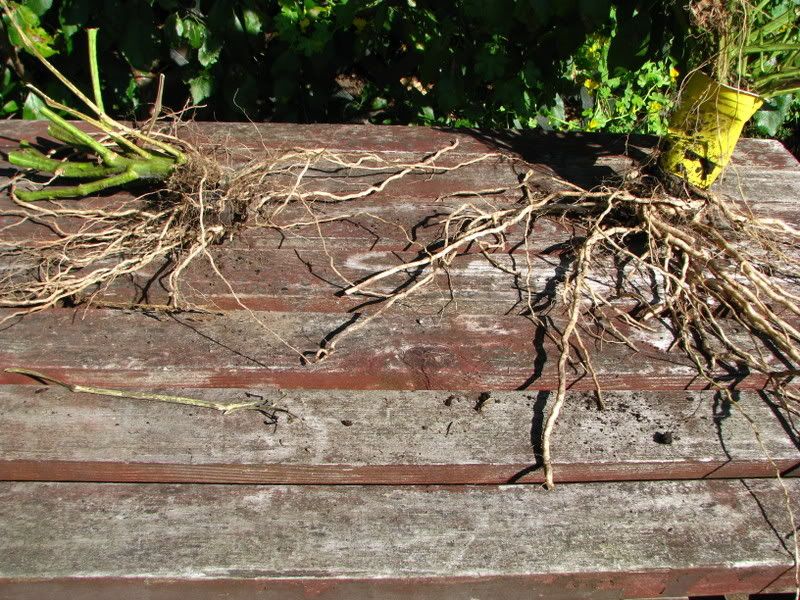
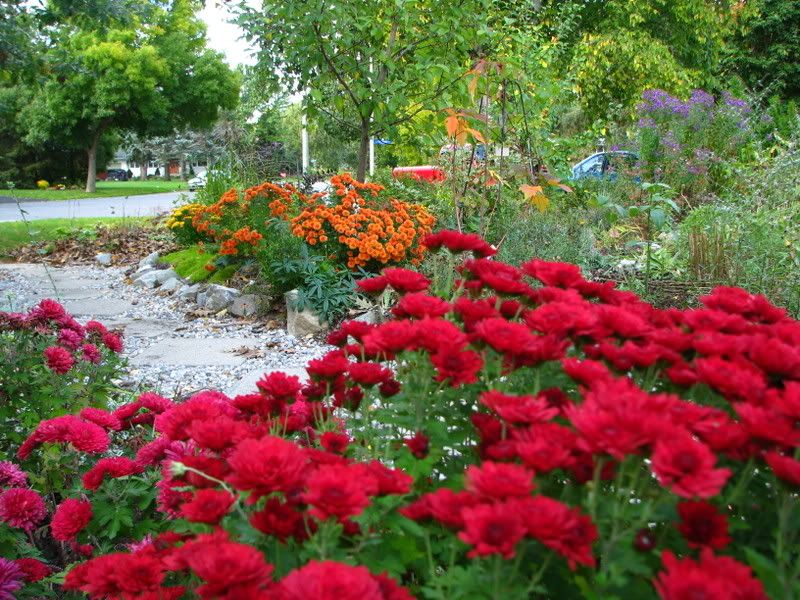
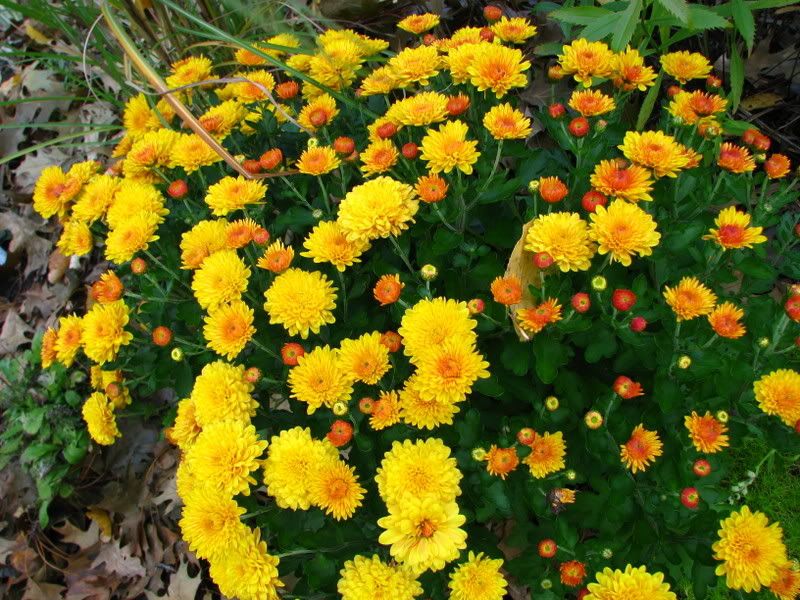
These brilliant yellows I rescued from a box stores dumpster. It was a six pack of mums and they have been moved and divided again and again. I forget the name or it might not have had a tag but I imagine it was something like 'sunset colours.'
To answer the first question - are they palatable - I decided that I'd try some. Okay, I am gingerly picking some raw pink petals and popping them into my mouth. Taste? Kind of floral - chyrsanthumy and ever so slightly bitter. I wonder what they'd be like after a frost. Not altogether unpleasant and probably quite nice sugared but these flowers have a tradition in asian cooking so I am not going to stop there.
They seem commonly added to hot water concoctions like 'tea' and 'hot pots' or 'soups' so I will dry a pile of them and when the moment strikes, throw some into my dish. I'll report back on the effects.
Addendum: Apparently, some people develop a skin reaction when handling garden mums. I never have but maybe you will.
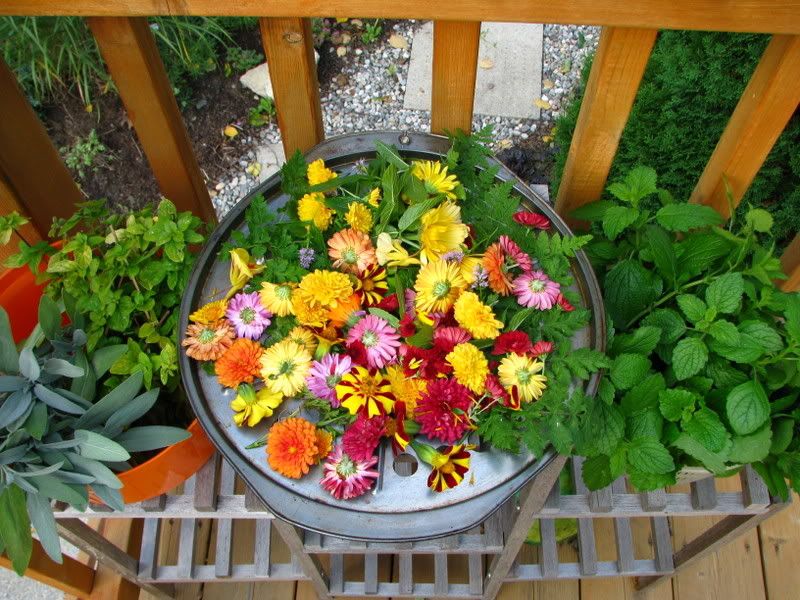
Note: I am not going to eat the French Marigolds but they were added into my overwintering pots of peppers as a 'spell?' against aphids. At any rate, I thought it couldn't hurt. Other flowers are calendula, nasturtiums and mint. I've also cut some sweet cicely and lemon balm for tea, along with oregano and sage for winter use.
So do double chrysanthemums provide a late season nectar source? Generally, sources will tell you to buy single flowering varities whenever possible because the nectar and pollen are more freely available. In fact, according to The Vegan News Summer 2003, double mums would contain almost no pollen which is good news for those with allergies and may also be good news when you wish to consume the flowers. It is oft' quoted that 'one should avoid the pollen in the centre least you be allergic' even if the flower is edible. Not only that, but there are a lot more edible petals on the double varieties.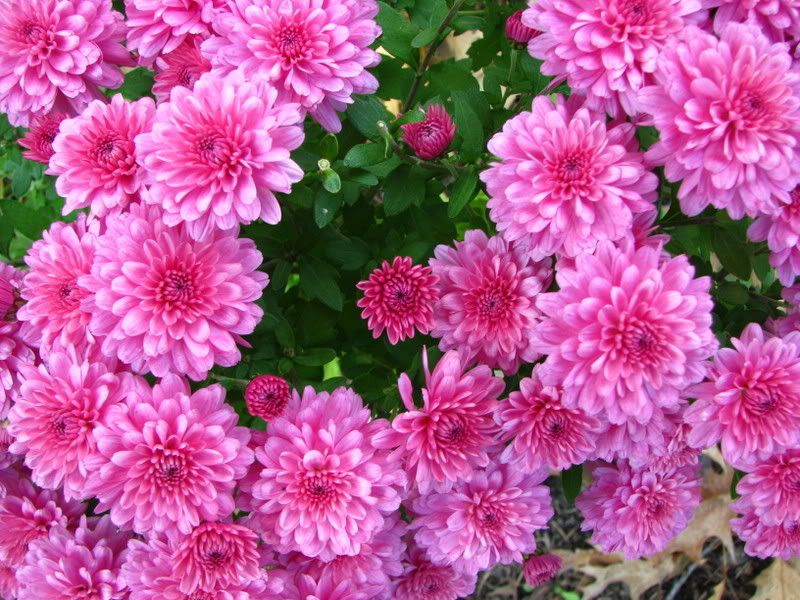
Last year, I got bowled over by the pink hues of mums and this year the oranges captivate me more.
So I'm guessing that these 'formal' double mums are less than thrilling treats to the wild critters but that the following pink mum with these lovely yellow eye sends them into the happy hungries.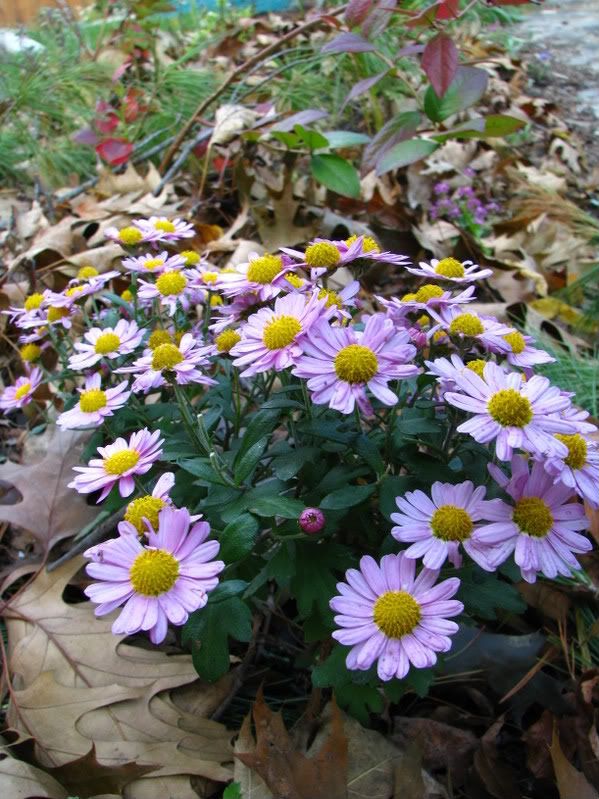
Speaking of pink mums, I especially like these simple flowered ones which are hard to come by. Here are some growing amoungst the blueberries.
Of course Chrysanthemum coronarium, which comes in various leaf shapes, is used for edible greens. (I have no idea if other mums greens are edible but at least one source suggests not.)
Unlike many other mums, this is an annual. I have heard of it self seeding sometimes such as in The Organic Salad Garden by Larkcom but I've yet to grow it myself. It is definitely on my curious enough to try it list.
In the meantime, check out the list link for mum recipes to try yourself.
***
Plants on Trial Score: 5
Will I keep it in my garden: yup (I might get more)
***
Vital Stats: